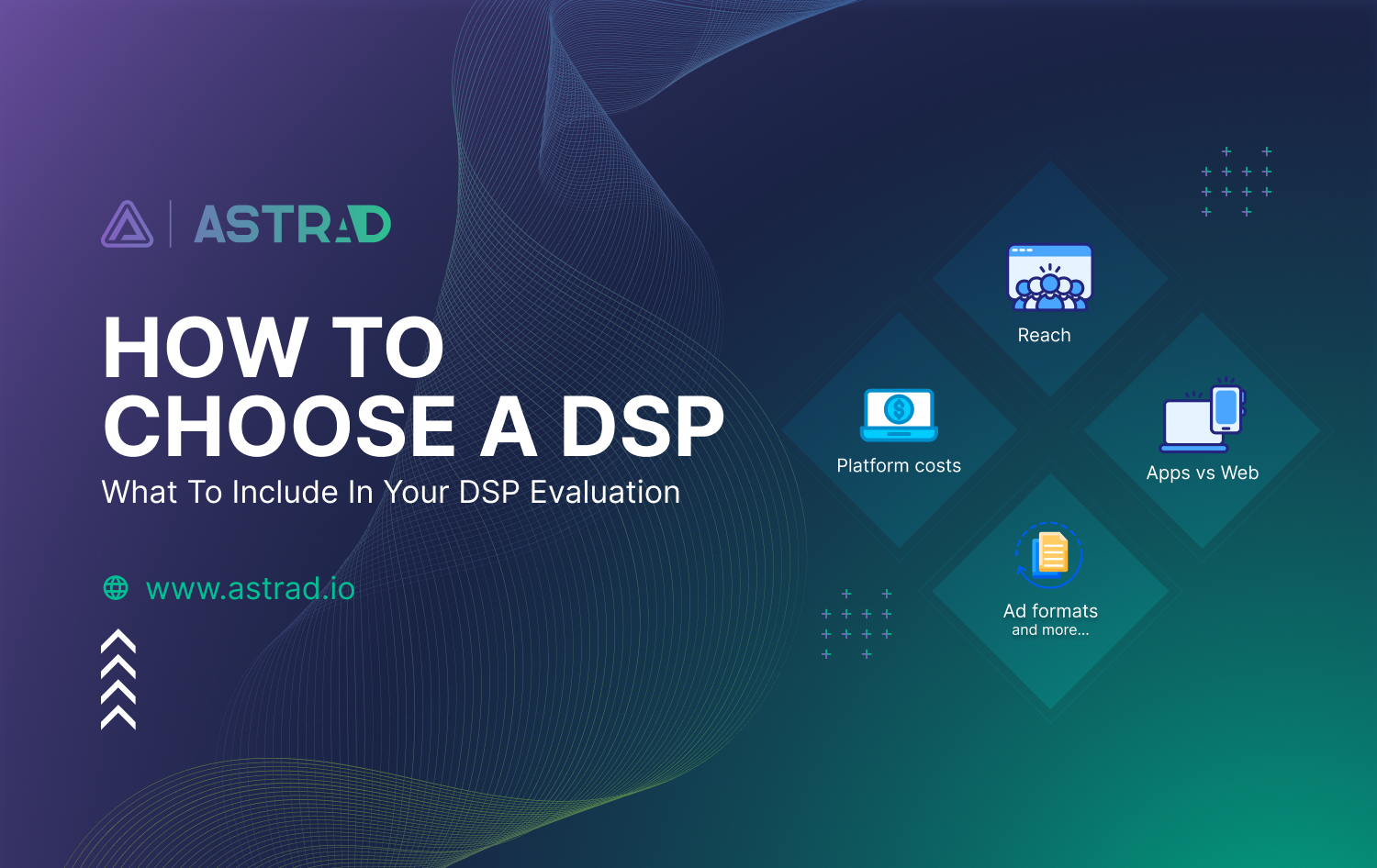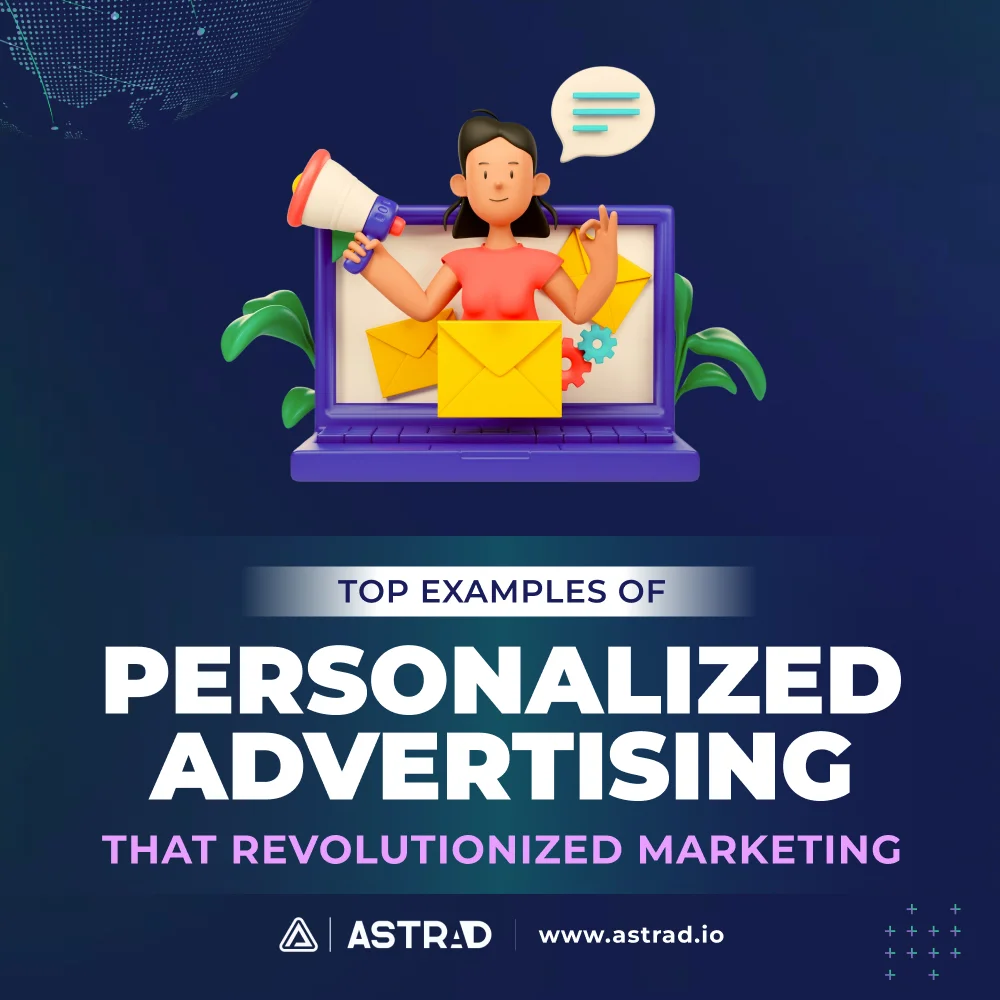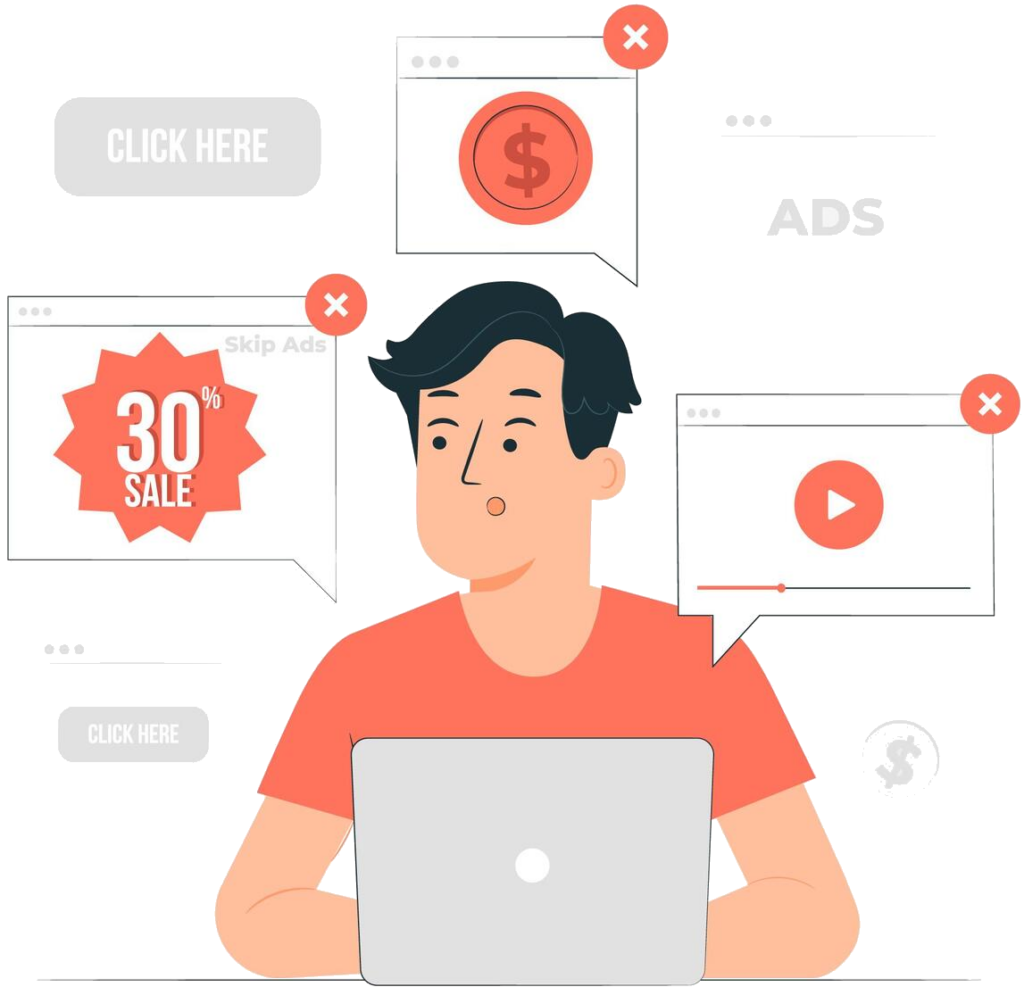At one point, one industry colleague counted almost 400 DSPs globally. With so many DSPs pushing a similar message, it must be daunting and difficult for a marketer to know what each DSP has and which one can best meet the marketer’s business requirements. Marketers must adopt a structured and objective approach to selecting a DSP. A wrong decision can cost a marketer time and lots of money.
Below are some areas you should consider in your DSP evaluation exercise.
Reach
-
- Many DSPs will claim to have integrations with an endless list of ad exchanges, some of which you have never heard of. You tend to concentrate most of your spending on ten or fewer ad exchanges covering apps and the web. Your job is to form an idea of what your top exchanges are, what QPS (determines how ad inventory they can access) the DSP has with those exchanges, and the level of integration they have with each of the exchanges you are interested in. You can ignore everything else.
Apps versus web
-
- You will need to understand the split of app versus web traffic to which they have access and determine if that fits your requirements. Remember that some exchanges like Applovin, MoPub, Adcolony, Unity, Fyber, Smaato, Chartboost, Vungle, and many others are exclusively mobile apps.
Ad formats
-
- Programmatic advertising is somewhat fragmented across ad formats. You will need to think about all the ad formats that are likely to be required now and in the future and make sure that the DSP(s) have enough scale for each and that they tell you from which exchange you can buy each format.
Branding versus performance
-
- You will find that DSPs focus on being good at something (e.g., geo-location, video, app installs, etc.). Whatever your focus area(s), ensure that the DSP’s strengths align with your business requirements. For example, if your focus is mobile app growth, then focus on choosing a DSP with all the features you need and a strong track record in app installs and retargeting.
Platform costs
-
- You need to pay particular attention to this area and ask the right questions. Typically, DSPs will charge a variable fee based on a percentage of media spend. This fee will vary from DSP to DSP and whether you have a self-service or managed service solution. Some DSPs may specify a monthly minimum spend commitment and an annual contract. There may be hidden fees such as serving costs and high margins added onto third-party costs like data and brand safety. That’s how DSPs extract further value from advertisers. It would be best to inform the DSP that you have the right to ask exchanges for information regarding spend to check that the DSP is charging the agreed-upon margin or tech fee.
Data options
-
- Given that programmatic has little value without data, it is critical that DSPs have strong data capabilities and preferably have their own DMP structure for efficiently working with third-party data exchanges and DMPs and importing first-party customer data. Ask about third-party DMPs integrated and live and what first-party use cases are supported.
Brand safety and ad fraud
-
- This section is probably only relevant for branding DSPs. There are two critical areas to brand safety and ad fraud: First, the DSP has integrations with the leading brand safety and viewability platforms (MOAT, IAS, and DV), and second, they are certified with industry trade bodies for both these topics. The two primary certificates are IAB GOLD 1.1 and TAG or JICWEBS/DTSG, and both are audited processes by a third party that checks whether the DSP has the appropriate best practices and procedures in place to manage ad misplacement and mitigate ad fraud.
Reporting
-
- In the era of 100% transparency, DSPs should give advertisers bid-stream level analysis and insights in a multi-dimensional slice-and-dice analysis environment. These powerful analysis tools enable advertisers to carry out advanced analysis work on campaigns to generate actionable insights to improve performance.
API
-
- Some DSPs offer reporting APIs so advertisers can consolidate data from all DSPs and evaluate everything in one platform. More advanced advertisers are using read/write APIs, and they do not need to log into the DSP platform as everything is managed from their internal platform.
Support
-
- Ask about the level of support provided as a standard, then determine if that’s okay. You may find out that the level of support will be tied somewhat to your level of spend in reality. Ask about documentation (a wiki would be ideal) of office practices in case you need to stop a campaign over the weekend or if there is a brand safety issue. You need a campaign stopped immediately ( obviously if you are not self-service) and email communications and response times to resolve the problems from minor to severe.
For more information about how to run campaigns with viewability turned on or how to get started, contact us.
- Ask about the level of support provided as a standard, then determine if that’s okay. You may find out that the level of support will be tied somewhat to your level of spend in reality. Ask about documentation (a wiki would be ideal) of office practices in case you need to stop a campaign over the weekend or if there is a brand safety issue. You need a campaign stopped immediately ( obviously if you are not self-service) and email communications and response times to resolve the problems from minor to severe.






